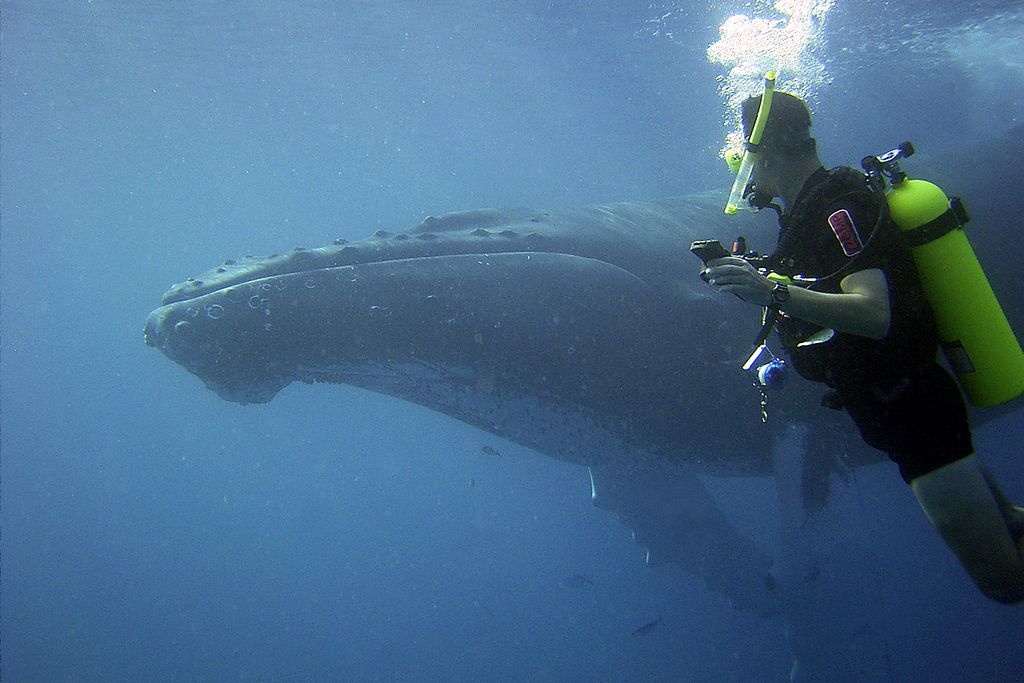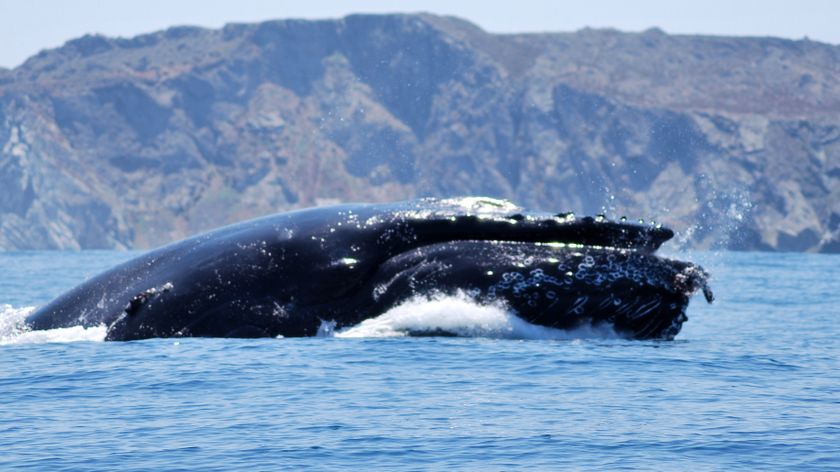
How Landmark Noise Settlement Protects Oceans and Industry (Op-Ed)

Michael Jasny, director of the NRDC Marine Mammal Project, contributed this article to LiveScience's Expert Voices: Op-Ed & Insights.
Here’s a recipe for an environmental train wreck: Take one of the world's most powerful industries, allow it to conduct harmful activities for years without obtaining the basic authorizations required by law, and produce a wealth of science making it plain that those harmful activities are putting endangered and vulnerable species at risk.
Today (June 20, 2013), a number of conservation groups, including my own,announced a landmark agreement that may prevent one such train wreck — this one in the already scarred Gulf of Mexico.
The underlying problem is airguns. To search for deep deposits of oil, companies troll the ocean with high-volume airguns that, for weeks or months on end, regularly pound the water with sound louder than virtually any other man-made source, save explosives. We now know that these surveys can have a vast environmental footprint, disrupting feeding, breeding and communication for whales and other species over literally thousands of square miles.
It's the sort of activity that ordinarily requires approval under the Marine Mammal Protection Act, Endangered Species Act and other federal laws. And yet the government has allowed it to proceed without authorization in the Gulf of Mexico, a body of water that may well be the most heavily prospected on the planet.
Industry runs dozens of exploration surveys each year in the northern Gulf, and many of them make use of large airgun arrays. For more than a decade now, the problem has languished, even as the threat posed by airgun exploration has loomed larger and larger.
Our alliance of conservation groups sued over the government's failure. In the end, we reached agreement with both federal officials and industry representatives that will help protect marine mammals while a comprehensive environmental review is underway. [Hidden Tracks: Whale Songs Found in Seismic Recordings]
Sign up for the Live Science daily newsletter now
Get the world’s most fascinating discoveries delivered straight to your inbox.
Among other things, our settlement puts biologically important areas off-limits to high-energy exploration, expands protections to additional at-risk species and requires the use of listening devices to help prevent injury to endangered sperm whales. Our agreement is also forward-looking, requiring industry to develop and field-test an alternative to airguns known as marine vibroseis, which could substantially reduce many of the impacts. Over the long term, the hope is that working together stands a better chance of saving species in the Gulf's biologically compromised, politically heated environment.
Marine conservation in the Gulf isn't like conservation in other places. Among other difficulties, the disruptive activities NRDC is concerned about are affecting the same populations still suffering from the Deepwater Horizon disaster. [Mental Scars Run Deep Years After BP Spill (Op-Ed)]
Here you have several dozen small, coastal communities of bottlenose dolphins, which have undergone a severe die-off since the spill; a resident population of Bryde's whales, of which fewer than 50 individuals were believed to remain even before the spill occurred; and a population of strangely undersized sperm whales, whose nursery in Mississippi Canyon was ground zero for the spill.
Ultimately, our society must find mechanisms that reduce the industry's chronic, cumulative impacts on these imperiled animals.
Last summer, the National Oceanic and Atmospheric Administration mapped average annual levels of ocean noise from Texas to the west coast of Florida, and found that noise from airgun surveys alone was approaching 120 decibels throughout much of the northern Gulf. That’s a yearly average level of noise that, for whales and dolphins, nearly exceeds the government's standard threshold of harm for exposures of only one second.
Area closures will be needed like the ones in today's agreement, but also caps on activities, prohibitions on duplicative surveys, and mandates for the use of vibroseis and other greener seismic technologies. Those solutions tackle the problem at the source, and the Obama administration will certainly have to consider them in the comprehensive review that our agreement affords.
Today's settlement represents a new starting point and an opportunity to make up for years of regulatory neglect. Now the real work begins.
Read Jasny's most recent Op-Ed Naval Exercises Take Deadly Toll on Dolphins.
The views expressed are those of the author and do not necessarily reflect the views of the publisher. This article was originally published on LiveScience.com.












